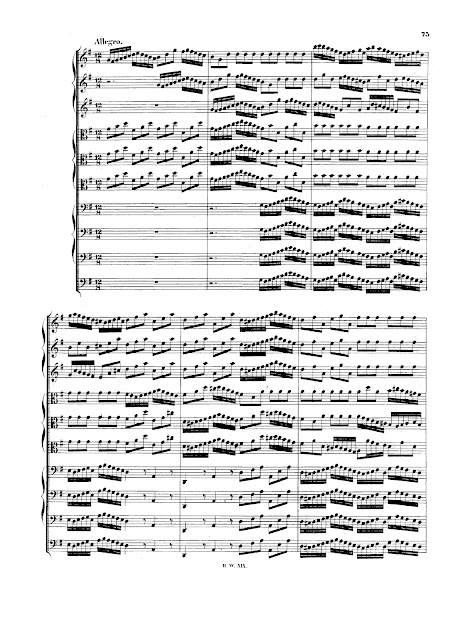DCXXVII. BERLIOZ, Hector (1803-1869)
Harold in Italy, Op. 16 (1834)
1. Harold in the Mountains
2. March of the pilgrims
3. Serenade of an Abruzzo mountaineer
4. Orgy of bandits
Antoine Tamestit, viola
Frankfurt Radio Symphony
Eliahu Inbal, cond.
(43:56)
"Would you like to write a solo for viola? You are the only one I can trust for this task."
When Paganini saw all the rests in the viola part, he rejected the piece, disappointed. However, a few years later -- when he finally heard the piece in concert, he told Berlioz that he had never been as touched by such music. He knelt and kissed Berlioz's hand.
**
Lord Byron's poem
Childe Harold's Pilgrimage inspired the mood for Berlioz's "symphony with obbligato viola."
1. Harold in the MountainsBerlioz's subtitles aptly describe the musical moment -- we begin with melancholy -- grumbling basses and a forlorn bassoon:
The viola enters with a simple theme, accompanied by harp, clarinets and light strings:
The tempo picks up; the soloist given a quick figurative passage (one can imagine Paganini looking at this and thinking ... WTF?)
With tentative steps, the viola finally assume a prominent role in this repeated section:
The soloist has a few more moments, before joining in with the tutti orchestra ending with a pronounced
G Major bang ...
2. March of the pilgrims
And no loud, clomping clodhoppers, if you please ... note Berlioz's careful instructions to the conductor:
The viola enters with some syncopation, and the theme of the Adagio returns (which will reoccur frequently, which Berlioz will unfailingly notate in the score.
3. Serenade of an Abruzzo mountaineer"to his sweetheart"
Again the viola enters with the initial Adagio theme:
The viola plays the serenade above an insistent 6/8 rhythm, which is actually 12/8!
ending gently:
4. Orgy of bandits
Despite the D Minor key sig, the bravado opening is in D Major, ending on the subdominant G Major, as Berlioz then returns to the opening music:
A few moments later, he returns to the second movement theme:
and then the third movement:
recapping the original
Allegro theme:
a lovely recap of the
Adagio:
Absent for a long time, the solo viola returns with off-stage strings!
A full tutti orchestra brings the work to a close in G Major:
























































